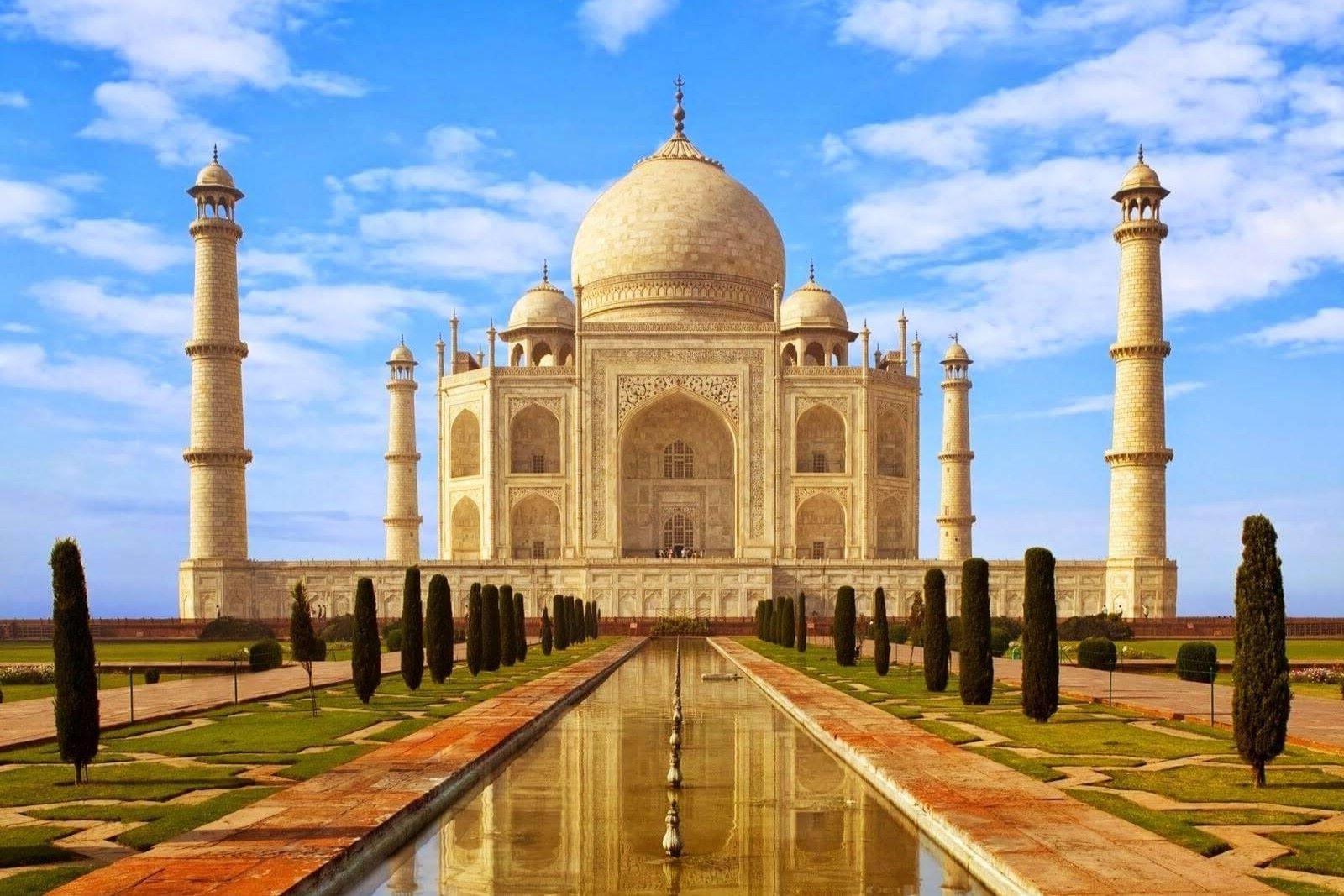Taj Mahal And Agra Fort: A Unique Journey

Have you ever wondered what makes the Taj Mahal and Agra Fort so special? These two iconic landmarks in India offer a glimpse into the country's rich history and stunning architecture. The Taj Mahal, often called a symbol of love, dazzles visitors with its white marble beauty. Just a short distance away, Agra Fort stands as a testament to India's royal past. Walking through these sites, you can almost hear the whispers of ancient stories. Whether you're a history buff or just love beautiful places, these attractions promise an unforgettable experience. Ready to learn more about these wonders? Let's dive in!
Taj Mahal: A Symbol of Eternal Love
The Taj Mahal stands as a testament to love and architectural brilliance. Built by Emperor Shah Jahan in memory of his beloved wife Mumtaz Mahal, this white marble mausoleum attracts millions of visitors each year. Let's explore some key highlights of this iconic monument.
The Main Mausoleum The central structure, made of white marble, features intricate carvings and inlaid gemstones. Its symmetrical beauty and the reflecting pool in front create a mesmerizing view.
The Gardens The Charbagh-style gardens surrounding the Taj Mahal offer a serene environment. Divided into four parts by walkways and water channels, these gardens symbolize paradise.
The Mosque and Guest House Flanking the main mausoleum are two red sandstone buildings: a mosque on the west and a guest house on the east. Both structures add to the architectural harmony of the site.
The Minarets Four towering minarets stand at each corner of the platform. These minarets not only enhance the visual appeal but also serve a practical purpose, designed to fall away from the tomb in case of an earthquake.
Agra Fort: A Fortress of History
Just a short distance from the Taj Mahal lies Agra Fort, a UNESCO World Heritage site. This massive red sandstone fort served as the main residence of the Mughal emperors until 1638. Let's delve into the key attractions within this historic fort.
The Amar Singh Gate The main entrance to Agra Fort, Amar Singh Gate, leads visitors into a world of Mughal grandeur. Its robust design and strategic placement highlight the fort's defensive capabilities.
Diwan-i-Am (Hall of Public Audience) This hall was used by the emperor to address the public and hear petitions. The open courtyard and elegant pillars reflect the grandeur of Mughal architecture.
Diwan-i-Khas (Hall of Private Audience) Reserved for private meetings with courtiers and foreign dignitaries, this hall features intricate marble work and a stunning view of the Yamuna River.
Jahangir's Palace Built by Akbar for his son Jahangir, this palace combines Hindu and Central Asian architectural styles. Its spacious courtyards and ornate decorations make it a must-see.
Khas Mahal This white marble palace served as the emperor's private residence. The beautifully decorated interiors and the Anguri Bagh (Grape Garden) nearby add to its charm.
Musamman Burj A beautiful octagonal tower with a balcony facing the Taj Mahal, Musamman Burj is where Shah Jahan spent his last years under house arrest. The view of the Taj Mahal from here is both poignant and breathtaking.
Connecting the Dots: Taj Mahal and Agra Fort
Visiting both the Taj Mahal and Agra Fort offers a comprehensive glimpse into the Mughal era. These two landmarks, though distinct in purpose and design, are intertwined in history and proximity. Here are some tips to make the most of your visit.
Timing Your Visit Visit the Taj Mahal at sunrise for a less crowded experience and stunning lighting. Head to Agra Fort later in the morning when it opens.
Guided Tours Hiring a knowledgeable guide can enrich your visit with historical anecdotes and architectural insights. Many guides offer combined tours of both sites.
Photography Tips Capture the Taj Mahal from different angles, especially from the Mehtab Bagh across the Yamuna River. At Agra Fort, the view of the Taj Mahal from Musamman Burj is a must-photograph spot.
Local Cuisine Don't miss trying Agra's famous petha (a sweet made from ash gourd) and Mughlai cuisine at local eateries. These culinary delights add flavor to your historical journey.
Souvenir Shopping Agra is known for its marble inlay work, leather goods, and handicrafts. Visit local markets to pick up unique souvenirs that reflect the city's rich heritage.
Reflecting on Agra's Wonders
Visiting the Taj Mahal and Agra Fort offers a glimpse into India's rich history. These landmarks showcase stunning architecture and tell stories of love and power. The Taj Mahal, with its white marble and intricate designs, stands as a symbol of eternal love. Agra Fort, a UNESCO World Heritage site, reveals the grandeur of the Mughal Empire.
Exploring these sites, you’ll appreciate the craftsmanship and historical significance. Walking through the gardens, halls, and courtyards, you can almost hear the echoes of the past. Both sites are must-visits for anyone interested in history, architecture, or culture.
Plan your trip to Agra to experience these incredible monuments firsthand. Whether you’re a history buff or just looking for a beautiful place to visit, the Taj Mahal and Agra Fort won’t disappoint. Make sure to bring your camera and capture the beauty of these timeless wonders.

